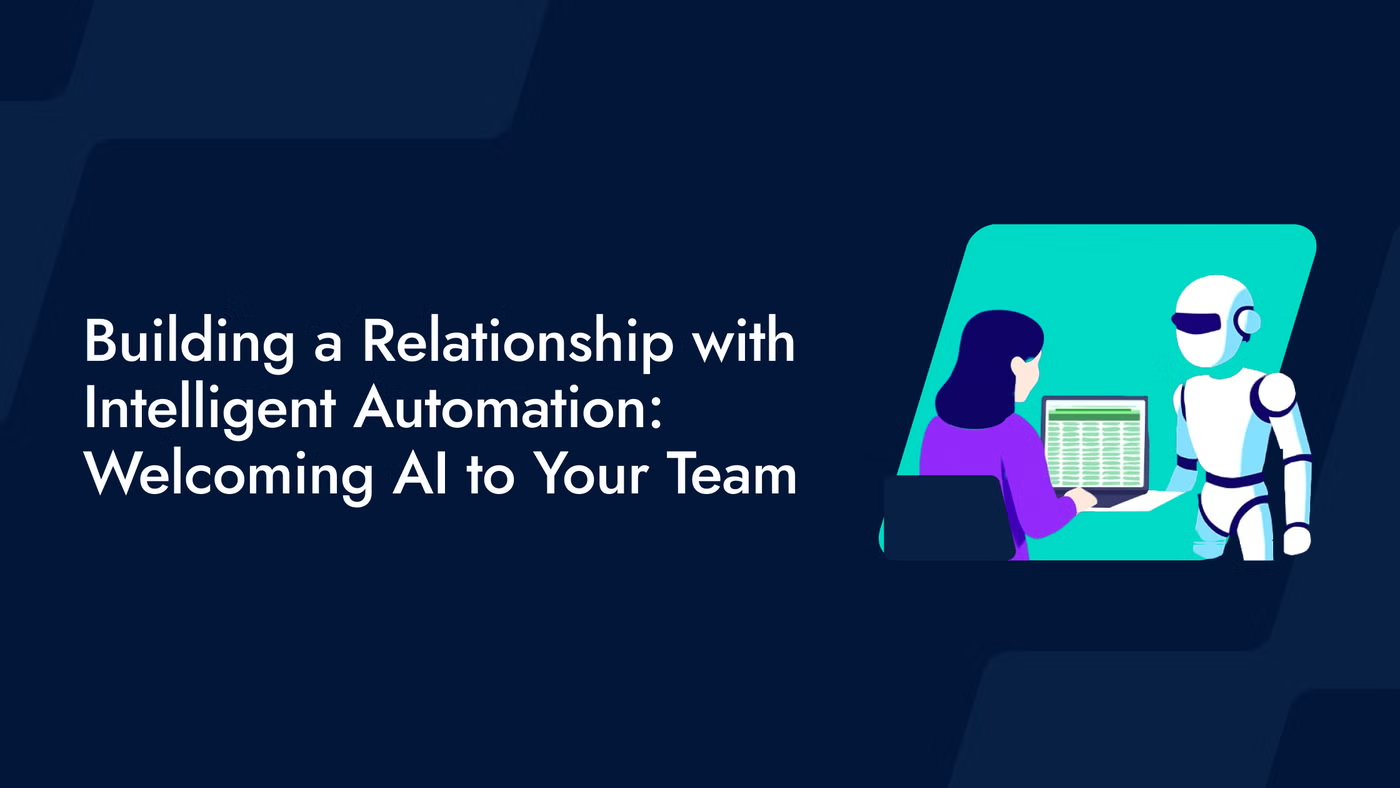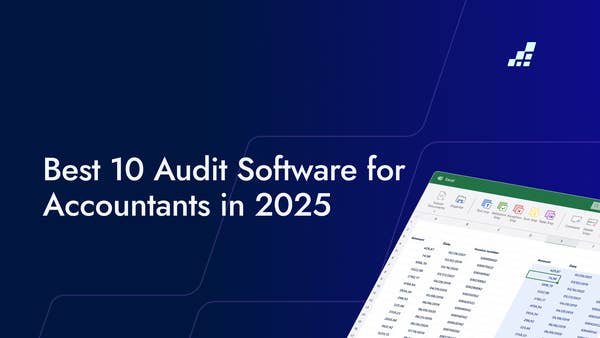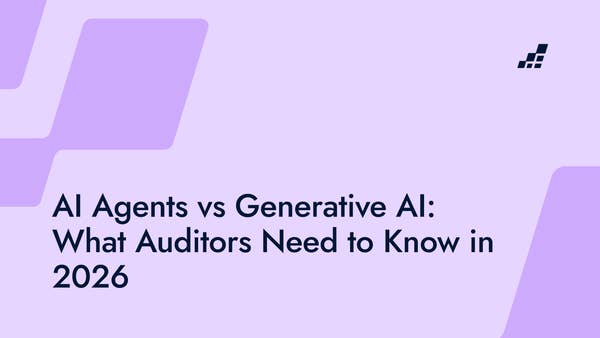- /
- Blog
Building a Relationship with Intelligent Automation: Welcoming AI to Your Team

How auditors, risk leaders, and innovators are strategically integrating AI into the workplace
Because AI isn’t something we’re waiting on anymore. It’s already here. In your audit workflows. In your inbox. In your business.
It’s not a distant disruptor—it’s your newest colleague.
Watch the full session from Connect Amsterdam below to hear directly from the experts:
How AI Is Already Being Used in Audit Workflows
AI didn’t wait for a formal onboarding process - it joined organically. “We realized our people were already using AI when we started receiving reports written by ChatGPT” says Segnalini.
The message was clear: AI isn’t a future to plan for - it’s a present to manage.
Creating AI Governance Policies for Audit and Risk Teams
But shutting tools down isn’t sustainable. What followed was a pivot toward safe-to-play environments - controlled GPT instances, curated training programs, and clear dos and don’ts. Others in the session echoed similar approaches: introducing tools with guidelines, rather than banning them altogether.
The consensus? AI needs boundaries, not barriers.
Top Use Cases for AI in Audit and Risk Management
During the session, participants highlighted how AI can accelerate high-value tasks when thoughtfully applied. These included:
- Summarizing complex documentation
- Researching laws and regulatory frameworks
- Drafting responses to management
- Identifying transactional anomalies
- Recommending audit test strategies
Trust AI - but verify
One of the most quoted lines from the session came from a skeptical auditor in the room: “I don’t trust it—it lies to me.”
That skepticism is healthy. Auditors are trained to spot errors, question assumptions, and demand proof. That makes them naturally well-suited to test, refine, and co-pilot AI adoption—but only if they’re equipped with the right training.
Topics like prompt engineering, model versioning, and hallucination detection are becoming critical skills. Several participants highlighted the danger of overconfidence in junior staff, who may accept AI output at face value. Others shared how business continuity training is now incorporating AI risk scenarios.
The takeaway: Trust AI - but verify.
One AI Strategy, Not a Hundred Experiments
Fragmentation is a real threat. As Segnalini pointed out, RSM Italy originally saw decentralized AI adoption across departments. The result? Inconsistent policies, duplicated investments, and missed opportunities.
Now, they’re unifying efforts under one entity-wide AI strategy - evaluating use cases, centralizing governance, and ensuring collaboration across functions. Others echoed similar shifts, including KPN, where a company-specific ChatGPT instance is helping internal audit teams adopt AI securely.
Choose one platform. Align your vision. And scale intentionally.
The Human in the Loop
No matter how advanced these tools become, they still need human judgment. AI doesn’t replace expertise—it augments it.
Throughout the session, speakers emphasized co-creation over automation. AI can draft, suggest, and analyze—but humans must still review, interpret, and decide. Tools may write, but people edit. Models may recommend, but teams choose.
That’s the real power of AI in the workplace: not as a replacement, but as a relentless, ever-learning teammate.
AI Is Your Newest Colleague. Now Build the Relationship
Artificial intelligence has arrived - not as a futuristic upgrade, but as a co-worker ready to contribute. Like any new team member, it needs structure, training, and supervision. It requires trust built over time, clarity about roles, and shared accountability for outcomes.
When guided well, AI can enhance the quality of work, speed up delivery, and spark new ways of thinking. But it can’t lead on its own.
At Connect Amsterdam, one idea kept coming up: AI is here to stay. And if we treat it like a valued colleague - support it, question it, collaborate with it - we’ll all be better for it.
Because the future of work isn’t man or machine. It’s man and machine - working together.

.png?width=600&quality=70&format=auto&crop=16%3A9)
